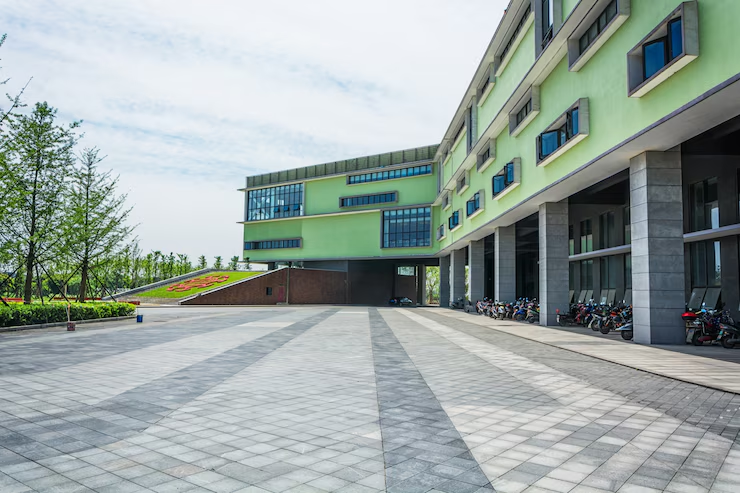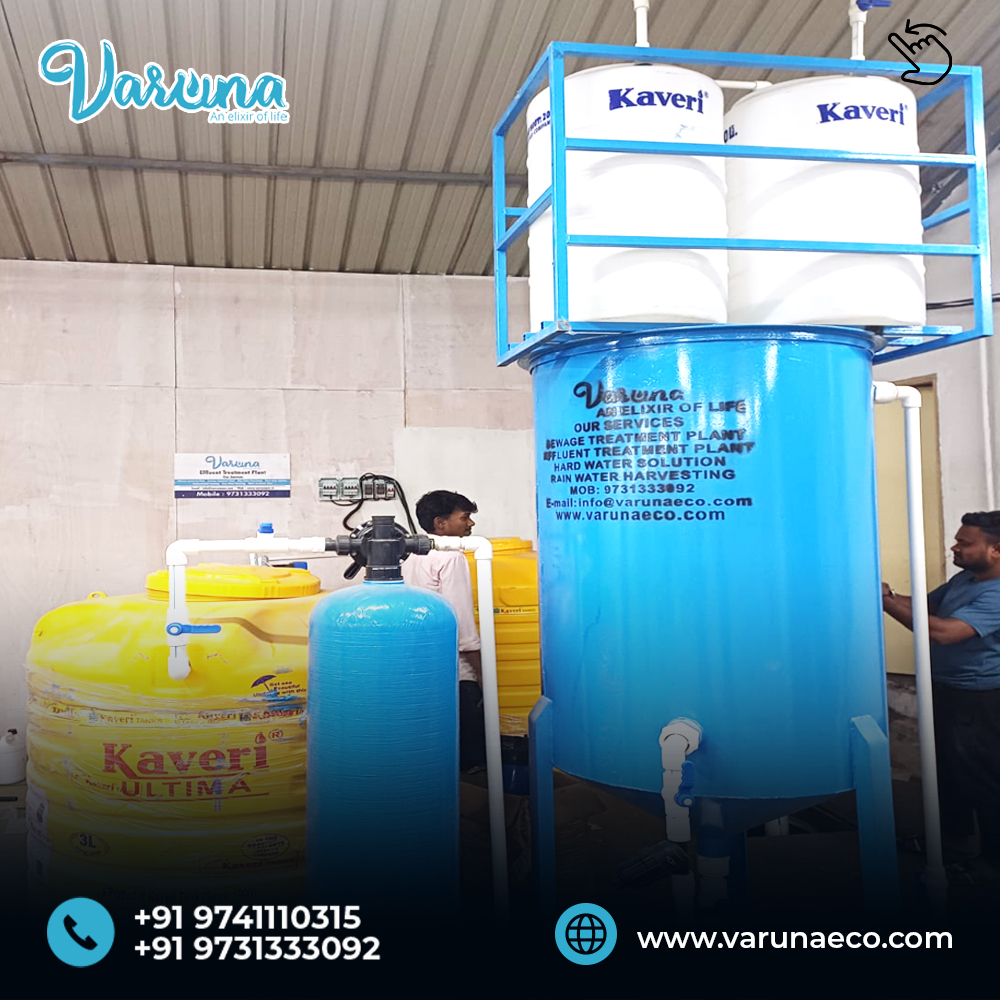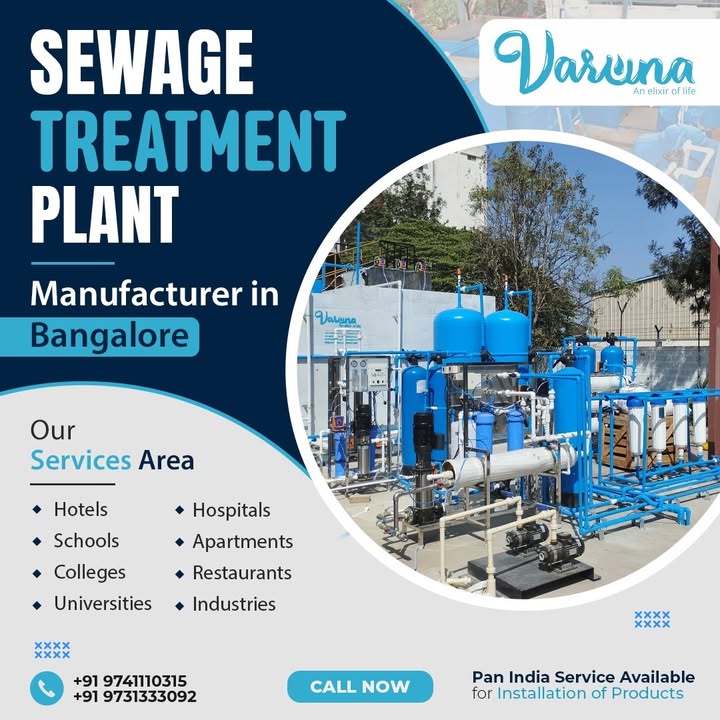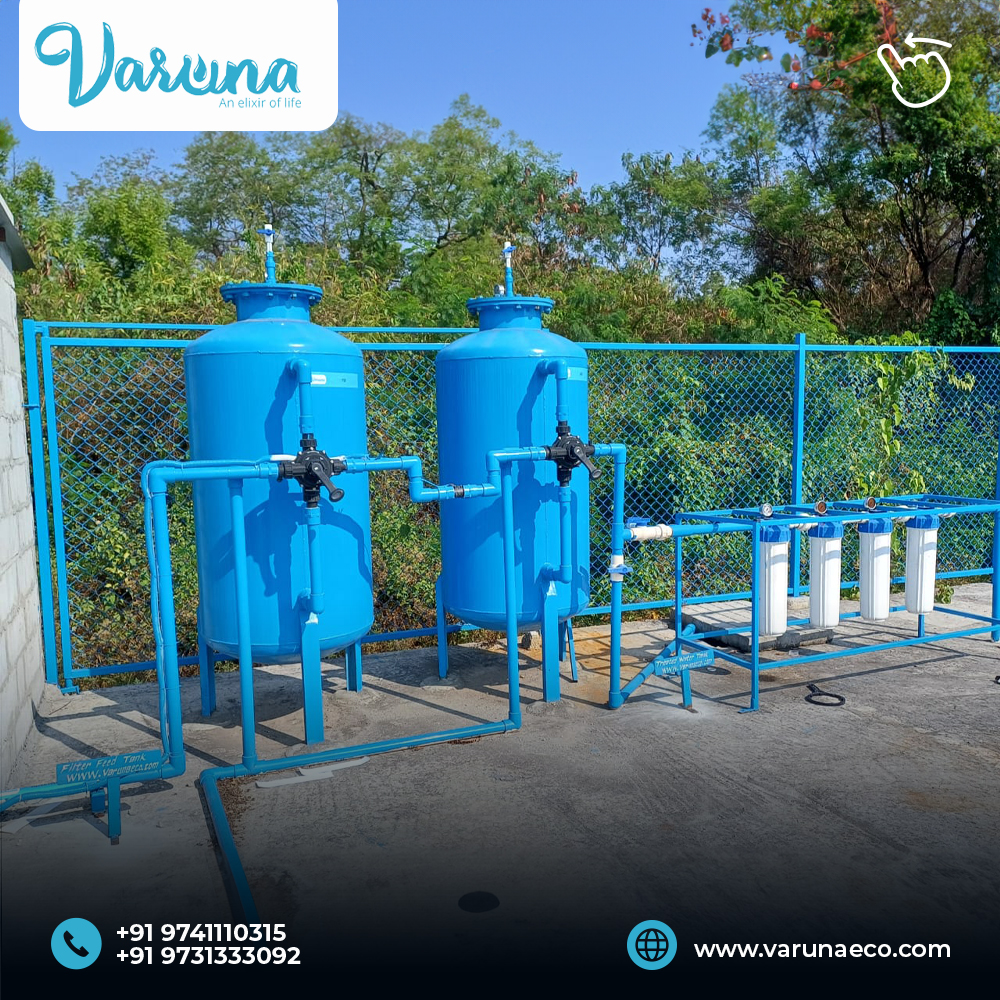
Sewage Treatment Plant for Schools | Varuna STP Solutions
Discover how sustainable STP systems by Varuna are transforming school campuses by enhancing hygiene, reducing water bills, and ensuring regulatory compliance.
Introduction
As educational institutions expand across urban and semi-urban India, the challenge of managing sewage and wastewater effectively becomes increasingly critical. Schools are not just centers for learning—they are micro-communities generating waste from restrooms, canteens, laboratories, and hostels. To ensure a safe and sustainable environment, sewage treatment plants (STPs) are no longer optional—they are essential.
This blog examines the benefits of implementing current STP systems in schools, how to pick the proper technology, and why on-campus treatment favors both environmental responsibility and economic efficiency.
The Rising Demand for Sewage Treatment in Schools
With the hundreds of students, staff, and visitors using washrooms, cafeterias, and labs every day, even small schools generate considerable amounts of wastewater. Untreated sewage contains pathogens, toxic chemicals, and solid waste that can threaten public health and contaminate local ecosystems.
Effective treatment of school wastewater is essential to:
Prevent outbreaks of waterborne diseases
Ensure hygiene and sanitation standards
Achieve environmental compliance
Assist in long-term water conservation planning
Understanding School STPs: The Basics
A school-level STP generally has a three-step process:
Primary Treatment – Physical waste removal by screening and sedimentation.
Secondary Treatment – Biological breakdown by microorganisms to treat organic waste.
Tertiary Treatment – Final disinfection by UV, chlorine, or filtration to render water fit for reuse.
The treated water can be reused or discharged safely as per Central Pollution Control Board (CPCB) norms after treatment.
Advantages of STPs for School Campuses
1. Hygiene and Safety
An STP ensures that wastewater is processed before discharge, reducing risks of contamination and spread of diseases such as cholera, dysentery, and typhoid.
2. Resource Conservation
Treated water can be reused for: Toilet flushing
Lawn and garden irrigation
Floor cleaning
Vehicle washing
3. Lowered Operational Expenses
Water reuse decreases the reliance on municipal water supply and slashes down the water bills considerably.
4. Environmental Stewardship
STPs allow schools to cut their environmental impact by stopping raw sewage from flowing into rivers and groundwater.
5. Compliance with Regulations
High-enrollment schools are usually required by authorities to have functional sewage treatment systems in place.
Getting the Right STP Technology for Your School
MBBB (Moving Bed Biofilm Reactor)
Best for medium to big schools, it provides high efficiency with a minimal footprint.
SBR (Sequencing Batch Reactor)
Batch treatment technology applicable to schools of different flow rates.
MBR (Membrane Bioreactor)
Provides higher quality water, beneficial where reusing treated water.
Prefabricated & Modular Designs
Recommended for schools that have small space and fast installation requirements.
Main Installation Factors
Space Availability: Utilize underground or prefabricated STPs for limited space.
Power Supply: Install backup systems to maintain continuity.
Maintenance Requirements: Consider systems with remote monitoring and automatic controls.
Regulatory Compliance: Always comply or surpass CPCB discharge norms.
STP Integration with Sustainability Curriculum
Schools may incorporate STPs as live learning labs. Students can:
Track changes in water quality
Learn science of wastewater
Engage in sustainability campaigns
This boosts eco-literacy and environmental consciousness among young students.
Case Study: A 500-Student School in Pune
The school was constantly experiencing septic tank overflows and contamination of the surrounding wells. A compact 50 KLD MBBR-based STP was commissioned. In just 3 months, the campus experienced:
80% saving in water bills
90% recovery of treated water
No parent or local authority complaints
Maintenance Best Practices
Regularly check for sludge level and equipment wear.
Train personnel on STP operation and record-keeping.
Perform monthly water quality testing.
Keep records for audit and inspection preparation.
Role of Local Authorities
Local governments can provide guidance or incentives for schools to install STPs. Alliances may include:
Government subsidy access
Inspection and certification on a regular basis
Technical assistance or lists of approved vendors
Conclusion
STPs are critical infrastructure for any school seeking to be a responsible, sustainable facility. With technology getting smaller, more affordable, and more efficient, it's easier than ever for schools to adopt on-site wastewater treatment.




